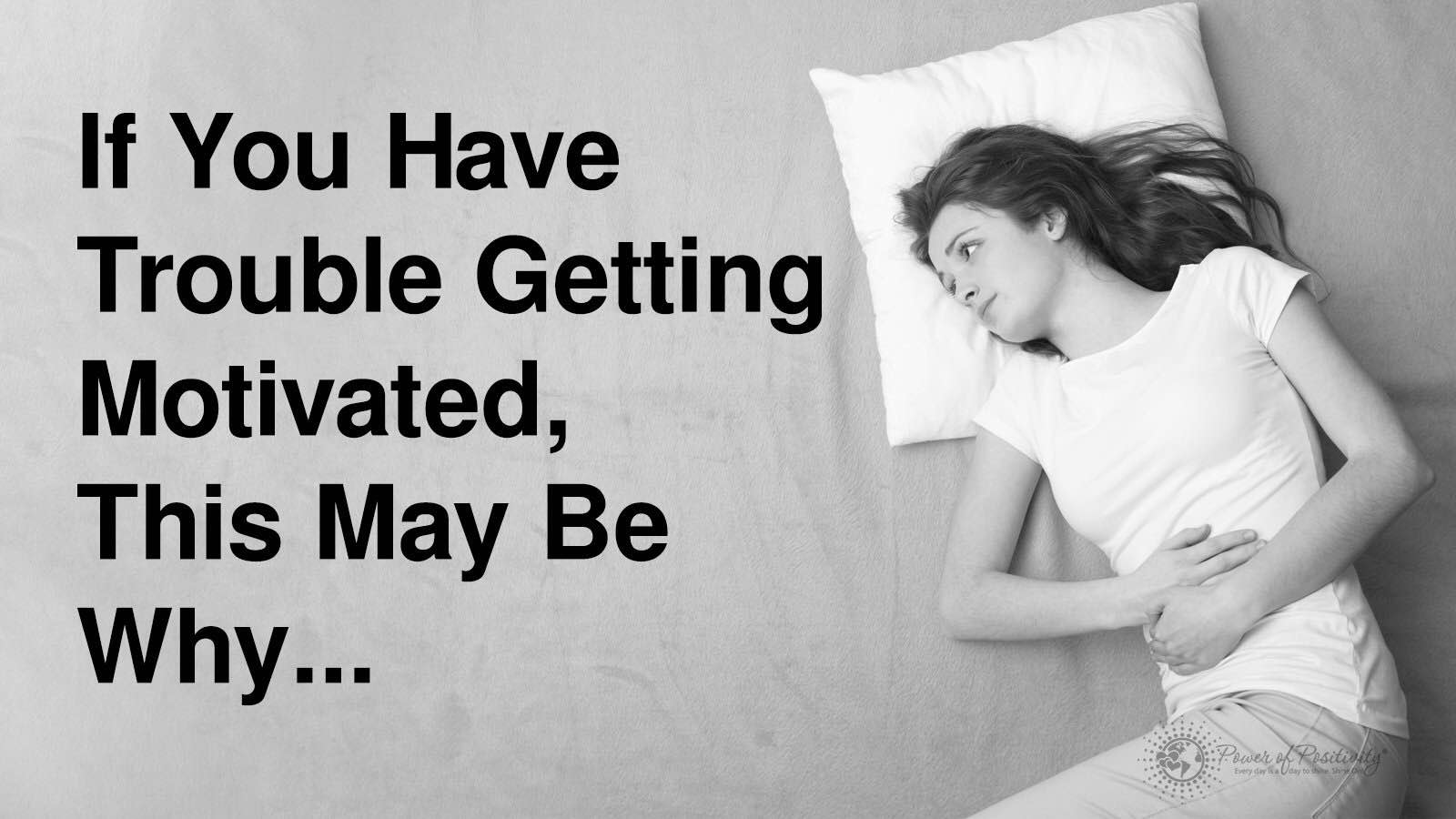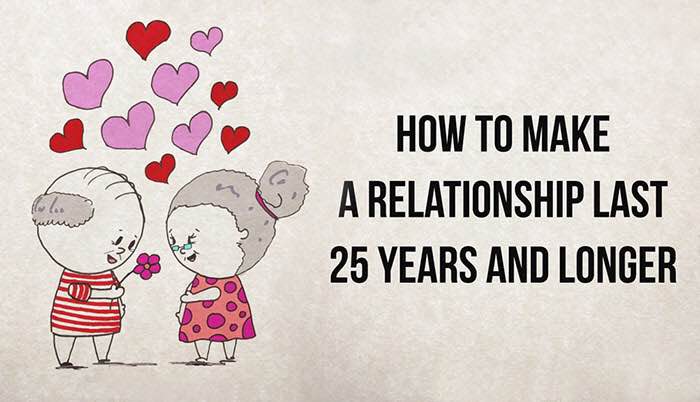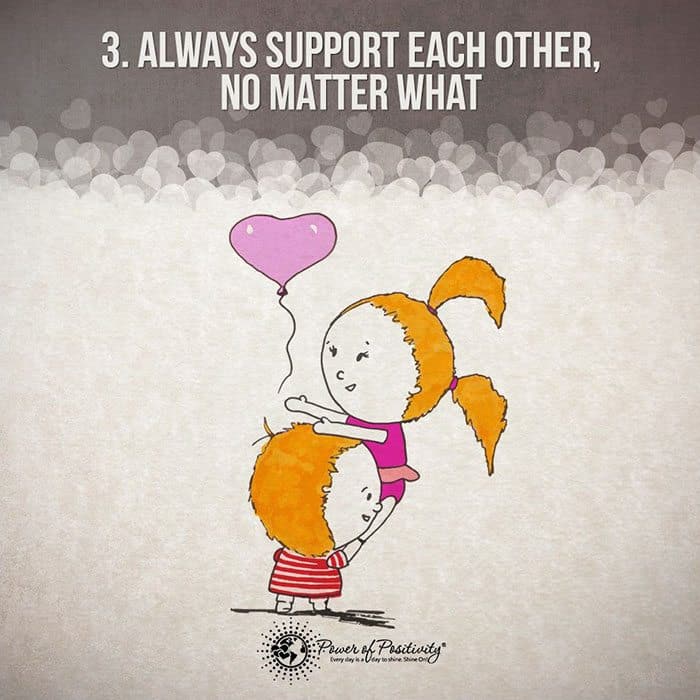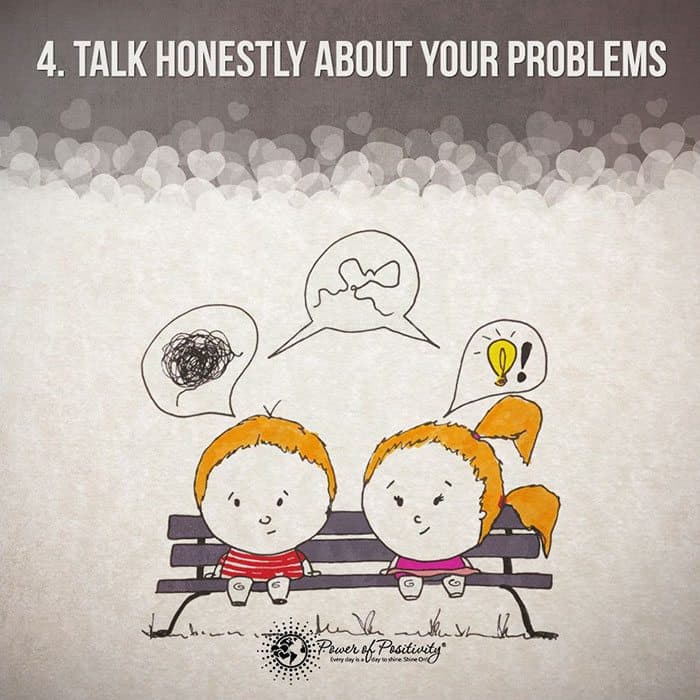Do you ever feel that you have unhealthy relationships with others? That you just can’t seem to let go of codependent tendencies, or the opposite – feeling totally numb to your emotions and distant from others. You also feel like your creativity can’t blossom as it should, and that you feel stuck in one particular feeling or emotion.
You don’t feel that you relate to yourself well, and therefore, you can’t possibly relate to the world around you. If this sounds like you, you might have a blocked sacral chakra. The sacral chakra, or the second chakra, is located three inches below the navel, right in the center of your lower abdomen. This chakra governs the emotional body, creativity, sensuality, and pleasure.
Below, let’s talk a bit more about the sacral chakra, and what you can do to get it unblocked.
IF YOU ALWAYS HAVE RELATIONSHIP PROBLEMS, THIS MAY BE WHY…
The Sanskrit name for the Sacral chakra is “Svadhisthana”, meaning “your own place”. We can infer from this that by balancing your Sacral chakra, you will feel more at home, and know your place in the world. This chakra is represented by the color orange most commonly.
Characteristics of the Sacral chakra:
- Emotions and feelings
- Relationships with yourself, others, and the world around you
- How you express your sexuality and sensual pleasures
- Meshing the outer and inner worlds
- Creativity
- The fantasy world
Ultimately, the sacral chakra represents our ability to relate to ourselves and the world around us. It helps us to express and understand our emotions, when properly balanced. It’s the chakra of pleasure, allowing us to enjoy life through our senses, and encourages us to remain flexible in our feelings and emotions.
A second function of the throat chakra deals with expanding our creativity, and really diving into our innermost worlds to understand what brings us passion in life. The sacral chakra also helps us to express our sexuality, and not feel ashamed or embarrassed by it. A balanced sacral chakra will allow you to feel comfortable with your emotions, sexuality, and creativity. Opening the sacral chakra means letting go of negativity surrounding your feelings, expression of sexuality, and the way you spread your creative gifts with the world.
SIGNS OF A BLOCKED SACRAL CHAKRA:
Related article: If You Have A Hard Time Speaking Up For Yourself, This May Be Why…
A blocked sacral chakra can make you feel out of touch with yourself and those around you. It can also make you feel trapped in your emotions, and unable to express them clearly. You also will likely feel insecure about your sexuality. However, an overactive sacral chakra can lead to sexual addiction, overreacting, emotional attachment and neediness in relationships, as well as stomach pains and muscle aches.
The following are symptoms of an imbalanced sacral chakra:
- Codependency and emotional attachment
- Feeling trapped in your emotions
- The opposite: Feeling apathetic toward your emotions
- Sexual addiction and obsession
- Or the opposite: Low sex drive, feeling distant from others
- Overreacting
- Fear of true happiness
- Low levels of creativity
A blocked sacral chakra can affect your relationships with others, as well as your zest for life. A sacral chakra blockage can also make it difficult to express your emotions clearly, and can make you prone to either overreacting or stifling your feelings. Upon opening this chakra, you will find it easy to express yourself sexually and creatively, and will feel close and connected to others.
Some common physical symptoms of blockage include:
- premenstrual syndrome
- anemia
- hypoglycemia (low blood sugar)
- lower back pain
- joint problems
- spleen and kidney issues
- low energy
- low libido
- muscle aches
- stomach cramps
EMOTIONAL SIGNS OF SACRAL CHAKRA BLOCKAGE
- depression
- lack of boundaries
- overly sensitive, standoffish, or indulgent
- fear and/or anxiety
- detachment
- co-dependency
- manipulation
- panic attacks
An imbalanced sacral chakra can lead to two extremes; either total detachment from others, or total dependency on others. You might feel as though your emotions have a mind of their own, and you cannot control them. If you feel that you have a blocked sacral chakra, read on to find out how to clear this blockage so you can live authentically and freely.
WHAT TO DO ABOUT A BLOCKED SACRAL CHAKRA
Clearing the sacral chakra involves a lot of tuning into your higher self, and giving your mind and body what they need to thrive.
A few beginner steps to clear the sacral chakra include:
- Letting go of past emotional pain. One reason why you might feel either unable to open up, or trapped by your emotions, is that you carry so much of your past around with you. This can greatly dampen our emotional spirit, so make sure you talk with someone regularly about your emotions, journal, or even sing songs that reflect your feelings.
- Practice hip opening yoga poses. This chakra deals with experiencing pleasure, both sexually and non-sexually. Opening your hips can help you to experience more of the good things in life. Some ideas of yoga poses to try include:
- Open angle pose ( Upavistha Konasana)
- Cow face pose (Gomukhasana)
- One-legged king pigeon pose (Eka Pada Rajakapotasana)
- Reclining bound angle pose (Supta Baddha Konasana)
- Half frog pose (Ardha Bhekasana)
- Fire log pose (Agnistambhasana)
- Incorporate orange colors into your life to help boost this chakra’s energy. Wear orange clothing, eat more orange foods, such as oranges, orange bell peppers, carrots, cantaloupe, and even cinnamon, and place orange items around your home.
- Meditate on this chakra. Imagine the orange lotus flower near your belly button, and hold this image in your mind. Remember to breathe deeply, and practice positive affirmations as well.
- Use essential oils, such as the following:
- Patchouli
- Ylang-Ylang
- Bergamot
- Sandalwood
- Clary Sage
- Jasmine
- Orange
- Rose
- Finally, practice energy healing with stones and crystals that correspond to the sacral chakra, such as these:
- Citrine
- Carnelian
- Orange calcite
- Moonstone





















